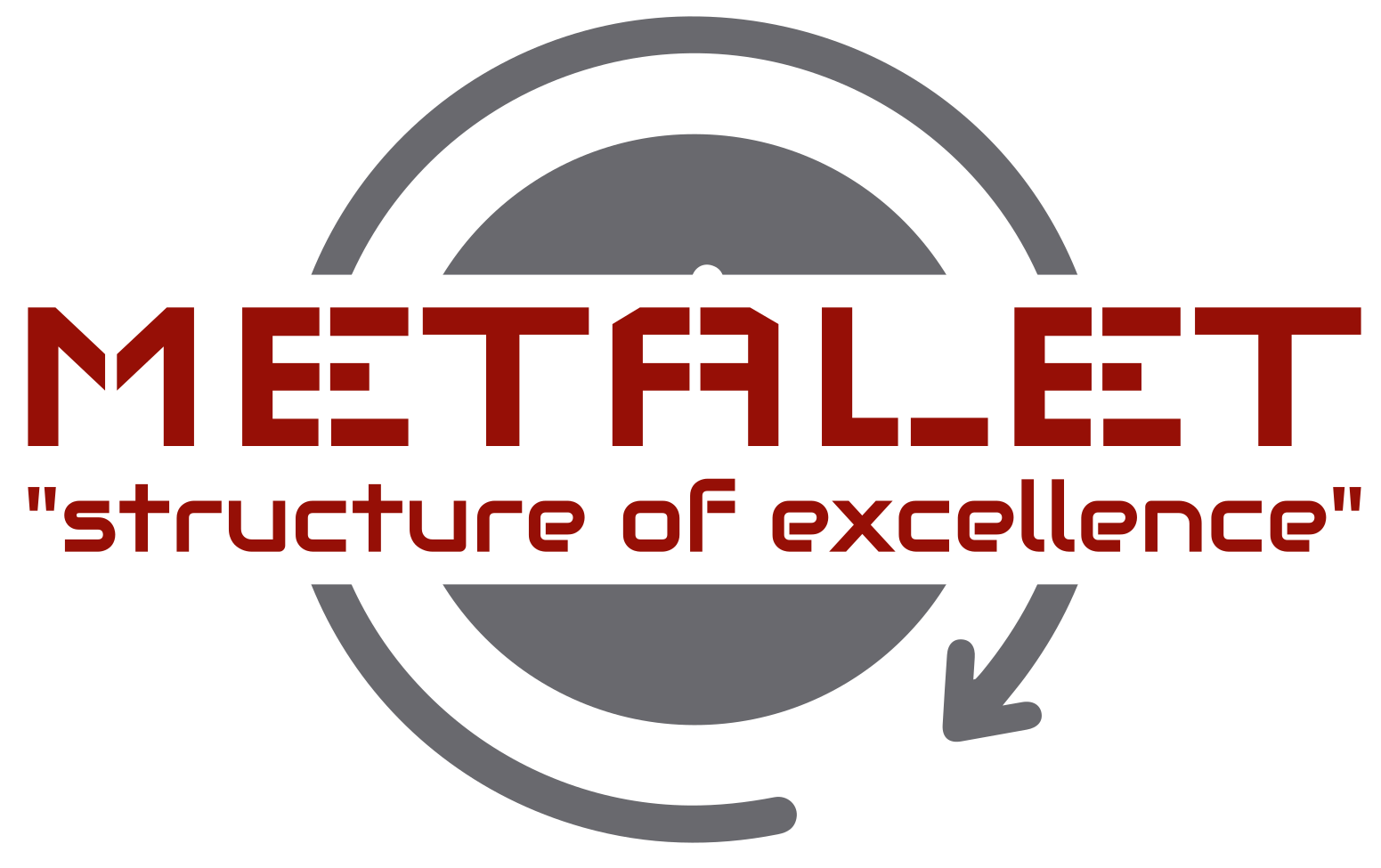
HOW THE STEEL SCRAP RECYCLING POLICY HAS CHANGED METAL IN INDIA?
Among materials, steel is the most recycled material in the world, with almost all the amount of steel available across the world including India recycled. Every tonne of steel scrap that is recycled is said to save 1.1 tonnes of iron ore, 630 kg of cooking coal, and 55 kg of limestone, and not to forget, ensures considerable savings in specific energy consumption. This in turn has sparked worldwide calls for the conservation of important natural resources while triggering a global increase in steel production with scrap as the main raw material.
Modern steel scrap recycling has become highly sophisticated. Plants that recycle steel scrap have gigantic electric furnaces into which scrap steel is fed. Before being fed, the scrap steel undergoes stringent quality tests to check whether they contain impurities that can otherwise compromise the quality of the final product. The impurities if present is weeded out to generate high-quality scrap steel which is provided as the charge to the electric furnaces. The furnaces will eventually produce high-grade steel.
With better recycling technologies and the inclusion of balers, scrap processing centers, and shredders, high-grade steel scrap will be completely free of impurities.
Talking about the Indian steel scrap segment is vastly unorganized with a vast network of it comprising of unorganized small steel producers who predominantly use steel scrap and other types of materials for steel production. This at times has resulted in poor quality steel.
Two major factors have been identified by the report as important for the sustained growth of India’s steel industry. They include the continual availability of raw material at competitive rates; and the right quality of steel scrap in sufficient quantities. They are not only imperative for the growth of the steel industry in India but also essential to sustain its future growth and ensure it stays healthy and robust.
STEEL SCRAP RECYCLING POLICY
The National Steel Policy of the Government of India has set a target of 300 million tonnes per annum (MnTPA) steel production in India by 2030 with a contribution of 35-40 percent from EAF/IF (Electric Arc Furnace/Induction Furnace) route. To make it a reality, the policy has recommended steel recycling.
In 2019, the Government of India announced Steel Scrap Recycling Policy which aims to reduce imports; ensure processing and recycling of steel scrap in an organized, safe, and environment-friendly manner; ensure production of high-quality ferrous scrap for quality steel production thus minimizing the dependency on imports; conserve resources and save energy; and create a vibrant and responsive ecosystem. If the policy is implemented in letter and spirit, it can ensure quality steel for the steel industry.
The scrap recycling policy also
- Envisages a framework for facilitating and promoting establishment of metal scrapping centres across India. The role of the Government of India will be to provide a framework to facilitate and promote establishment of metal scrapping centres in India, and not setting-up of scrap centres in the country. This will ensure scientific processing and recycling of ferrous scrap generated from different sources and a host of products.
- Decongest the Indian cities from the reuse of ferrous scrap.
- Create and establish a mechanism for treating waste streams and residues produced from dismantling and shredding facilities, in compliance with Hazardous & Other Wastes (Management & Trans Boundary Movement) Rules, 2016, issued by the Ministry of Environment & Forests.
- Promote formal and scientific collection, dismantling, and processing activities for end of life products that are sources of recyclable (ferrous, non-ferrous, and other non-metallic) scraps. This will lead to resource conservation and energy savings.
- Create a responsive ecosystem and produce high quality ferrous scrap for quality steel production.
- Setting up of an environmentally sound management system for handling ferrous scrap.
To ensure that the policy’s aims eventually produces a successful outcome, the policy has laid down guidelines for the setting-up and responsibilities of dismantling centre and scrap processing centre; roles of aggregators and responsibilities of the manufacturer, government, and owner; and collection, dismantling, and shredding activities in an organized, safe, and environmentally secure manner.
The sale of scrap steel will be governed by guidelines and market conditions at the time of sale of scrap steel. Apart from the Ministry of Steel, the other ministries involved in sanctioning scrap centers will be the Ministry of Road Transport & Highways; and the Ministry of Environment, Forest, and Climate Change.
Based on “6Rs principles of Reduce, Reuse, Recycle, Recover, Redesign, & Remanufacture through scientific handling, processing and disposal of all kinds of recyclable scraps including non-ferrous scraps, and authorized centers/facility, the steel scrap recycling policy aims to minimize dependency on imports; reduce the gap between demand and supply of scrap in the future, and guarantee that quality scrap is available for the steel industry thereby ensuring that India becomes self-sufficient in scrap steel by 2030, and has a globally competitive steel industry that adopts state-of-the-art environment-friendly technologies

